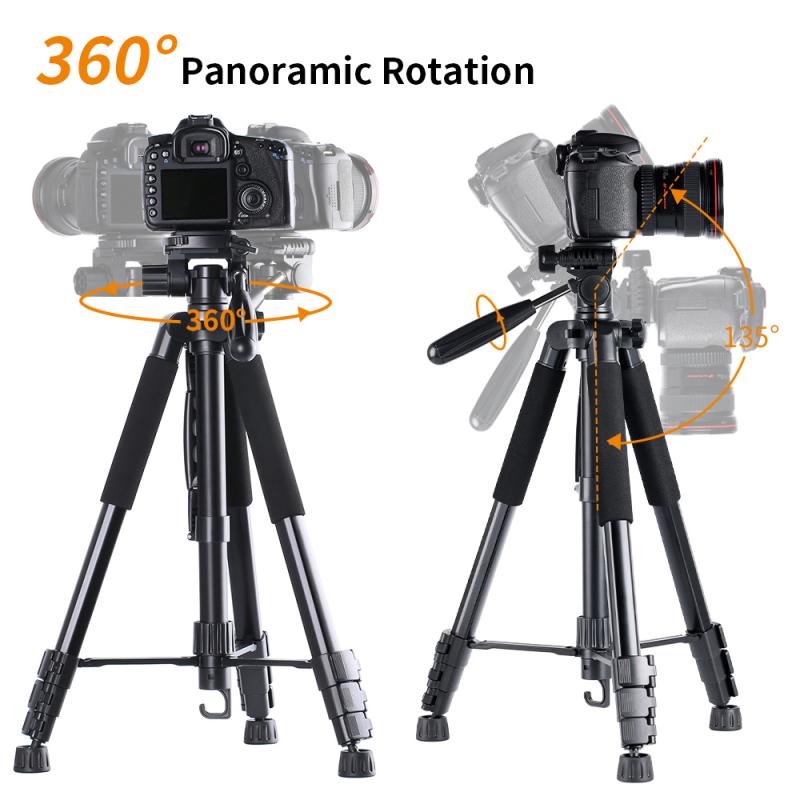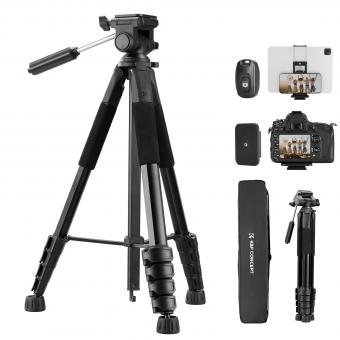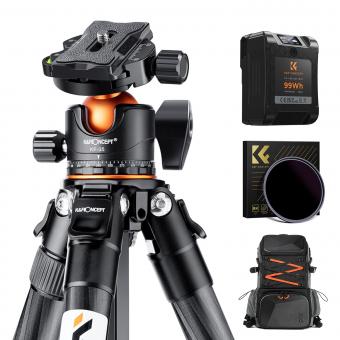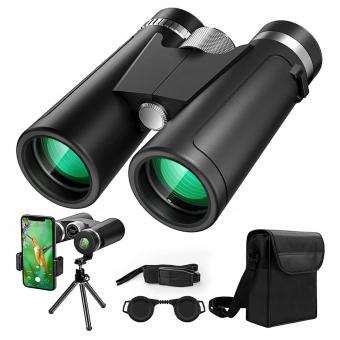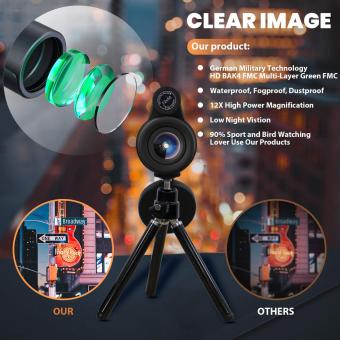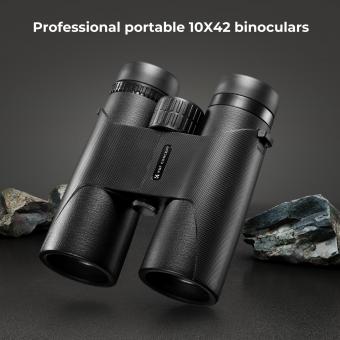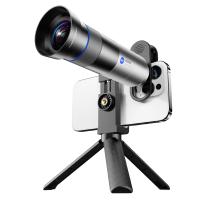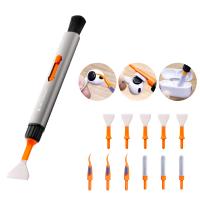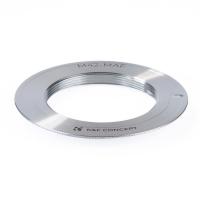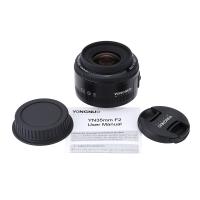How To Make Phone Tripod At Home ?
To make a phone tripod at home, you can use everyday household items. One option is to use a small tripod or stand that is compatible with your phone. Alternatively, you can create a DIY tripod by attaching your phone to a stable object using rubber bands or tape. Another option is to use a selfie stick and prop it up against a stable surface to act as a makeshift tripod. Remember to ensure that your phone is securely attached and stable before using it as a tripod.
1、 DIY Phone Tripod: Using household items to create a stable stand.
DIY Phone Tripod: Using household items to create a stable stand.
In today's digital age, having a stable phone tripod is essential for capturing high-quality photos and videos. While there are plenty of options available in the market, you can also create your own DIY phone tripod using household items. Not only is it a cost-effective solution, but it also allows you to customize the tripod to suit your specific needs.
One of the simplest ways to make a phone tripod at home is by using a combination of a binder clip and a small tripod or stand. Start by attaching the binder clip to the top of the tripod or stand, ensuring that it is secure. Then, insert your phone into the binder clip, making sure it is held firmly in place. Adjust the angle and height of the tripod to get the desired shot, and you're ready to go!
Another option is to use a selfie stick or a monopod as a makeshift tripod. Extend the selfie stick to the desired height and angle, and then place it on a stable surface. Use rubber bands or tape to secure the phone to the top of the selfie stick, ensuring that it is stable and won't fall off. This method provides a versatile and portable solution for capturing photos and videos on the go.
If you're feeling more adventurous, you can even create a DIY tripod using PVC pipes. Cut the PVC pipes into appropriate lengths and connect them using PVC connectors. Attach a phone holder or mount to the top of the PVC tripod, and you have a stable and adjustable phone tripod that can be easily disassembled for storage.
It's important to note that while these DIY phone tripods can be effective, they may not provide the same level of stability and durability as professional tripods. However, they can still be a great option for casual use or when you're in a pinch and need a stable stand for your phone.
In conclusion, creating a DIY phone tripod at home using household items is a practical and cost-effective solution for capturing high-quality photos and videos. Whether you choose to use a binder clip and a small tripod, a selfie stick, or even PVC pipes, these homemade tripods can provide stability and versatility for your phone photography needs.
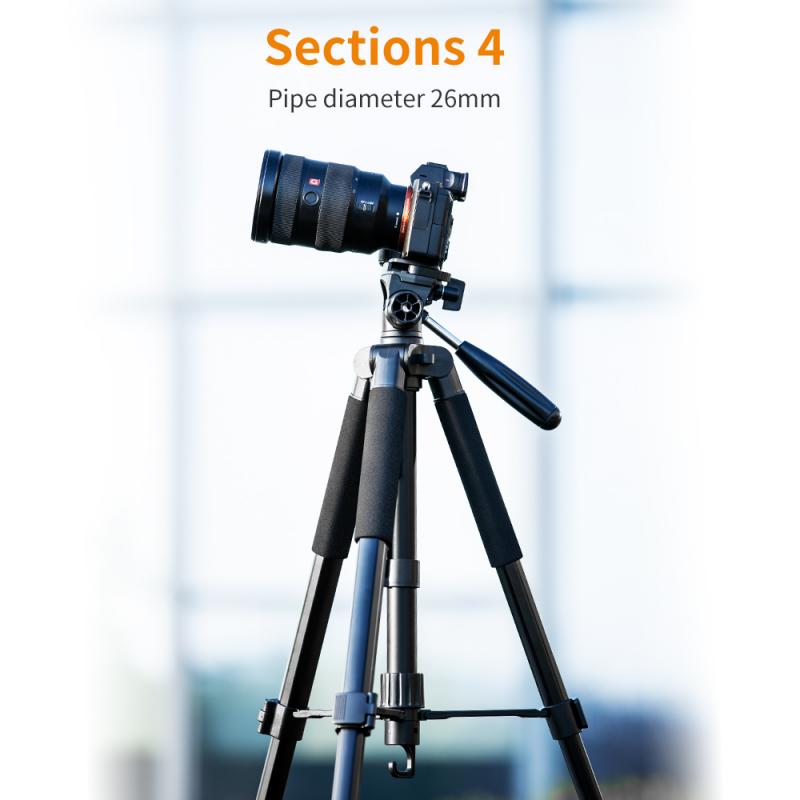
2、 Tripod Alternatives: Exploring creative ways to stabilize your phone.
Tripod Alternatives: Exploring creative ways to stabilize your phone
In today's digital age, smartphones have become an essential tool for capturing photos and videos. However, shaky footage can ruin the quality of your content. While tripods are the go-to solution for stabilizing cameras, they may not always be readily available or convenient to carry around. Fortunately, there are several creative alternatives to a traditional tripod that you can make at home.
One simple and cost-effective option is to use everyday objects like books or stacks of DVDs. By stacking them up, you can create a stable base for your phone. Additionally, you can use rubber bands or adhesive putty to secure your phone to the makeshift tripod, ensuring it stays in place.
Another alternative is to utilize household items like a table lamp or a desk fan. These objects often have adjustable arms or stands that can be repurposed to hold your phone. By positioning the arm or stand at the desired angle, you can achieve a stable setup for capturing your shots.
If you're feeling more adventurous, you can try making a DIY phone tripod using materials like PVC pipes or wooden dowels. There are numerous tutorials available online that provide step-by-step instructions on how to construct a custom tripod that suits your needs.
In recent years, flexible tripods have gained popularity as a versatile alternative. These tripods have bendable legs that can be wrapped around objects like tree branches, railings, or even your own arm. They provide stability in various situations and are highly portable.
As technology advances, new tripod alternatives continue to emerge. For instance, smartphone gimbals have become increasingly popular. These handheld stabilizers use motors and sensors to counteract any unwanted movements, resulting in smooth and professional-looking footage.
In conclusion, while tripods are the traditional choice for stabilizing your phone, there are numerous alternatives that you can create at home. From using everyday objects to constructing your own DIY tripod, the possibilities are endless. Additionally, advancements in technology have introduced innovative options like flexible tripods and smartphone gimbals. So, get creative and explore these alternatives to ensure your photos and videos are steady and of high quality.
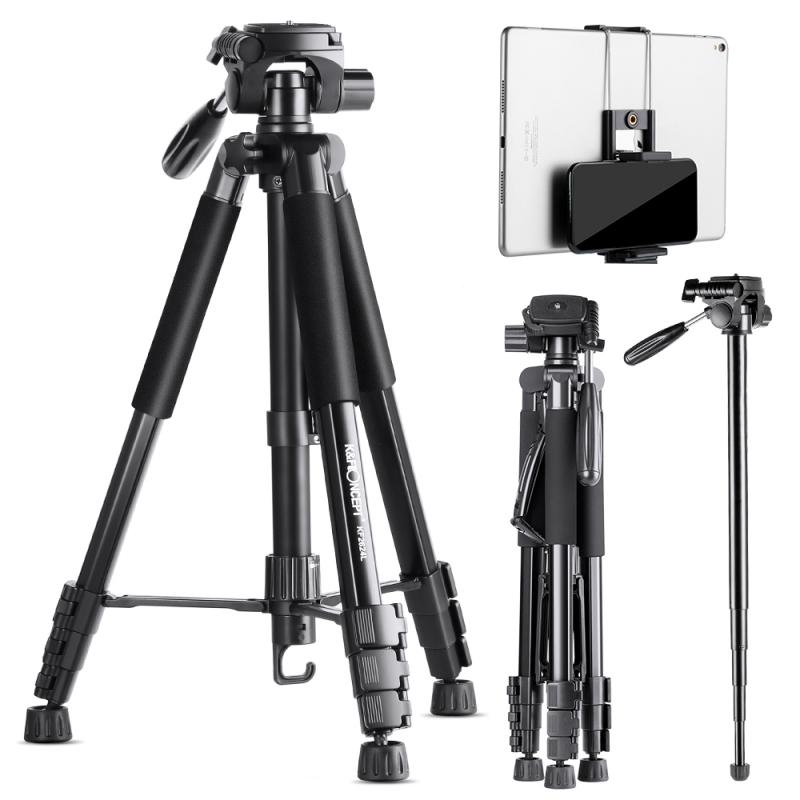
3、 Homemade Tripod Mounts: Crafting custom mounts for your phone.
Homemade Tripod Mounts: Crafting custom mounts for your phone.
In today's digital age, capturing high-quality photos and videos has become an essential part of our lives. Whether you're a professional photographer or simply enjoy documenting your everyday moments, having a stable platform for your phone is crucial. While there are plenty of phone tripods available in the market, making your own at home can be a fun and cost-effective alternative.
To make a phone tripod at home, you'll need a few basic materials. Start by finding a sturdy base, such as a small piece of wood or a metal plate. Attach a small ball head or a phone holder to the base using screws or adhesive. This will allow you to adjust the angle and position of your phone easily. If you want to add extra stability, you can attach small weights or use a clamp to secure the base to a table or any other surface.
Another option is to repurpose everyday objects to create a unique tripod mount. For example, you can use a binder clip and attach it to a flexible arm, such as a desk lamp or a microphone stand. This will give you the flexibility to position your phone at different angles and heights.
It's worth noting that there are also 3D-printed designs available online that you can use to create your own custom phone tripod mount. These designs can be easily modified to fit your specific needs and preferences.
In conclusion, making a phone tripod at home is a creative and cost-effective solution for stabilizing your phone while capturing photos and videos. Whether you choose to craft a mount from scratch or repurpose everyday objects, the possibilities are endless. So, unleash your creativity and start capturing those picture-perfect moments!
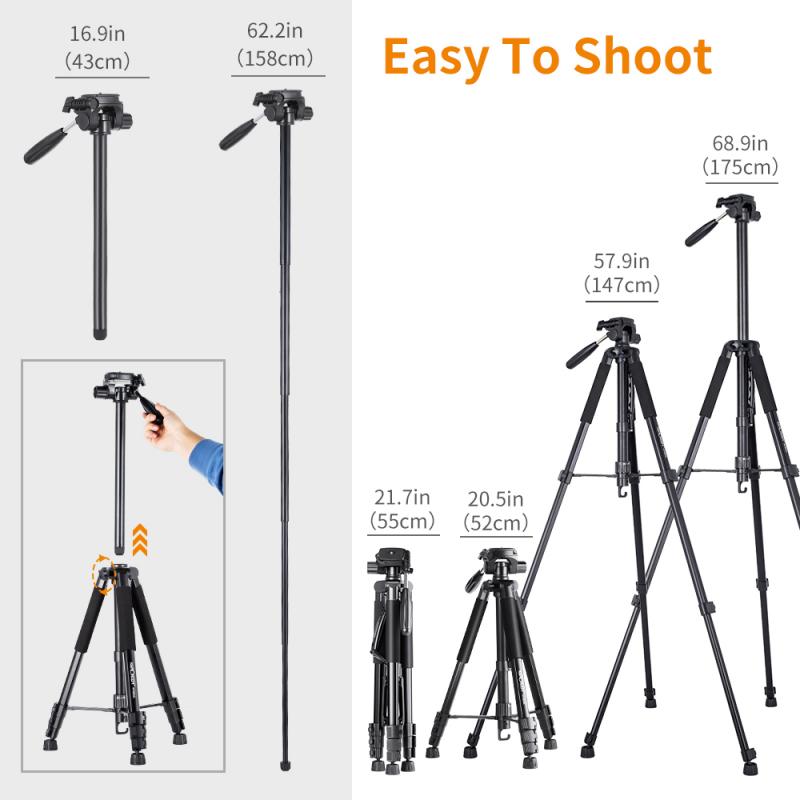
4、 Tripod Materials: Understanding different materials used in tripod construction.
How to make a phone tripod at home:
Making a phone tripod at home is a simple and cost-effective solution for those who want to stabilize their phone while taking photos or recording videos. Here's a step-by-step guide on how to make a phone tripod using easily available materials:
1. Gather the materials: You will need a small piece of wood or plastic, a screw, a nut, a small ball head mount, and a phone holder. These materials can be found at a local hardware store or online.
2. Attach the ball head mount: Drill a hole in the center of the wood or plastic piece and attach the ball head mount using the screw and nut. This will serve as the swivel point for your phone.
3. Attach the phone holder: Use adhesive or screws to attach the phone holder to the top of the ball head mount. Make sure it is securely fastened to hold your phone in place.
4. Test and adjust: Place your phone in the holder and test the stability of the tripod. If needed, adjust the tightness of the ball head mount to ensure smooth movement.
5. Optional: If you want to make your tripod more stable, you can add weight to the base by attaching a small bag filled with sand or using a heavier material for the base.
Remember, this homemade tripod may not be as sturdy or adjustable as a professional one, but it can still serve its purpose for basic photography needs.
Tripod Materials: Understanding different materials used in tripod construction:
When it comes to tripods, understanding the different materials used in their construction is essential in making an informed purchasing decision. The most common materials used in tripod construction are aluminum, carbon fiber, and plastic.
Aluminum tripods are popular due to their affordability and durability. They are lightweight, making them easy to carry around, but they may not be as stable as other materials. Carbon fiber tripods, on the other hand, are known for their strength and lightness. They are more expensive than aluminum tripods but offer better stability and vibration reduction.
Plastic tripods are the most affordable option but are generally less sturdy and durable. They are suitable for lightweight cameras or smartphones but may not be able to support heavier equipment.
In recent years, manufacturers have started using hybrid materials, combining aluminum and carbon fiber, to create tripods that offer a balance between affordability and stability.
Ultimately, the choice of tripod material depends on your specific needs and budget. Consider factors such as weight, stability, and portability when selecting the right tripod for your photography or videography requirements.
